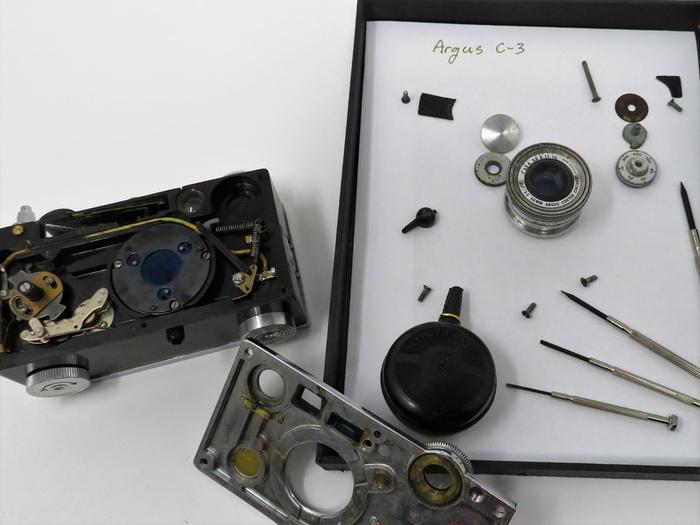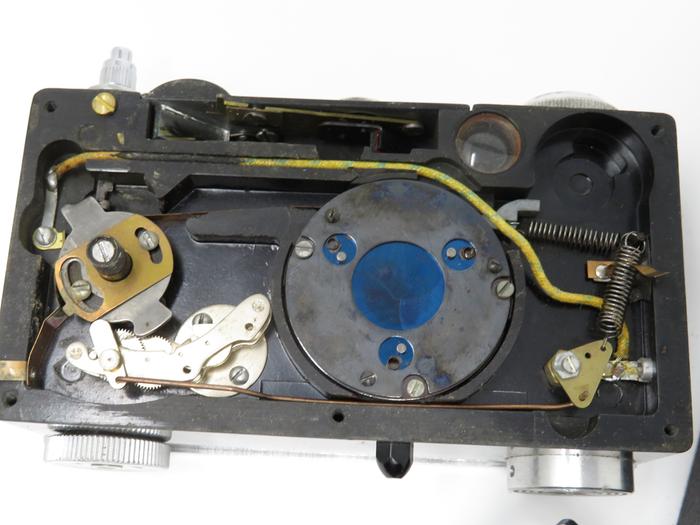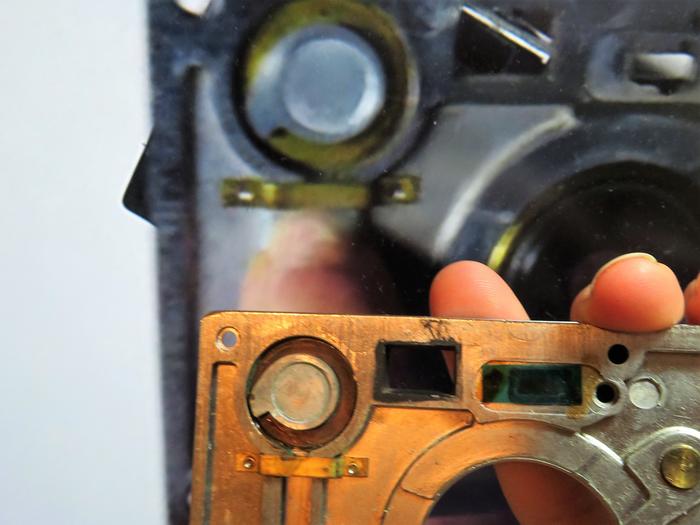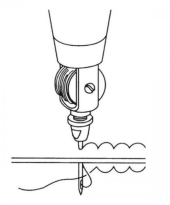












a thread about repairing the case. https://permies.com/t/95934/ungarbage/fix-leather-cut
The best tutorial so far http://blia101photo.blogspot.com/2013/11/the-argus-c3-repair-guide.html
Learning to make photographs with film - https://permies.com/t/96054/art/Learning-photography-film-completely-manual















Tom Heckhaus
5 months ago
Hi Rinoa, I watched your video and it gave me shivers. LOL. I've been restoring these C, C2 and C3's for many years. That poor lens! You've put it back together backwards, did you notice how far out the lens bezel is now sticking out? Also the lens has to be adjusted so the infinity markings on the lens actually match the lenses actual focal length. Another thing is getting the slot to line up properly so everything from the RF dial to the idler wheel with cover plate all line up. It take me at least 1/2 hour to get everything aligned then of course adjusting the rangefinder so it matches the lens. All in all for a camera designed in 1938 and sold through 1966 then design held up well. The ACG has members all over the world. Never use oil! A tiny drop on the inside of the RF dial is the exception to loosen up a sticky dial, there you did well! ... The Helicoid needs either helicoid grease or a very heavy lithium white grease. After taking out the Rangefinder it should always be aligned properly. BUT HEY, learning by doing is the best way. The front panel has 5 screws that hold the front panel onto the camera. You have to remove the leatherette first and the shutter setting lever. Some unscrew counterclockwise, be careful. There may be a setscrew of a tiny locking nut.Here are a few websites that will help you a lot, also check out the Argus Collectors Group homepage. The annual gathering was this past week which I missed to do illness. Have FUN, as always I applaud any younger person who wants to learn to fix old cameras and shoot film with them. If I can help let me know. Tom, Try these.. http://rick_oleson.tripod.com/index-120.html AND/OR http://rick_oleson.tripod.com/index-86.html THE ARGUS GROUP http://www.arguscg.org/ AND FINALLY a great Youtube Friend SEARCH FOR fix old cameras. Have fun the ACG also has parts for old Argus Cameras.






























































But there’s a funny thing that happens with the Argus C3. It’s in no way a perfect camera, or a true shooter’s machine, but as one becomes more familiar with it, these ergonomic hiccups smooth away to a point where we’re barely noticing them. Our shooting style adapts, we begin to enjoy the mechanical-ness of the camera, and shooting becomes almost zen-like.
And it’s when this familiarity blossoms that the Argus becomes something truly special. The same antiquated methodology of shooting which at first causes one to stumble, eventually becomes the camera’s greatest strength. The way it slows everything down is just magical. We’re not shooting with abandon, but rather, we’re carefully observing our scene, examining our light, contemplating the settings of the machine, focusing with care, composing with attention, and shooting real photographs. For those who’ve not experienced this kind of slow, mechanical photography, it’s something that should be high on the priority list.
...
the real draw of the C3 is something else entirely. It’s a camera that, today, offers a way of seeing things differently. It offers today’s photographer a way of slowing down and experiencing the process of photography as it once was. The C3 is a camera for thinking men and women; shooters who enjoy the journey, and shooters who go about their craft in a more thoughtful way.



















|
Don't sweat petty things, or pet sweaty things. But cuddle this tiny ad:
Heat your home with the twigs that naturally fall of the trees in your yard
http://woodheat.net
|


